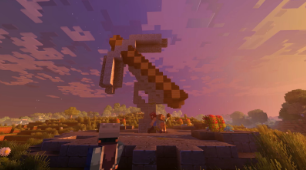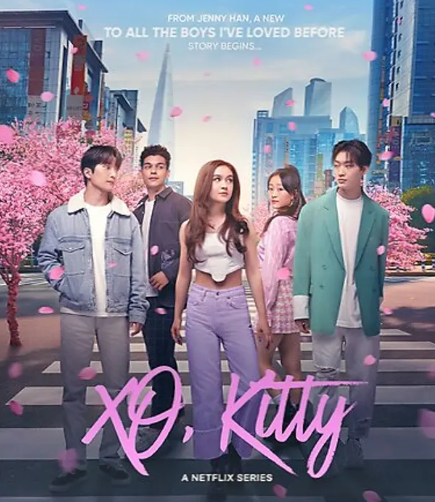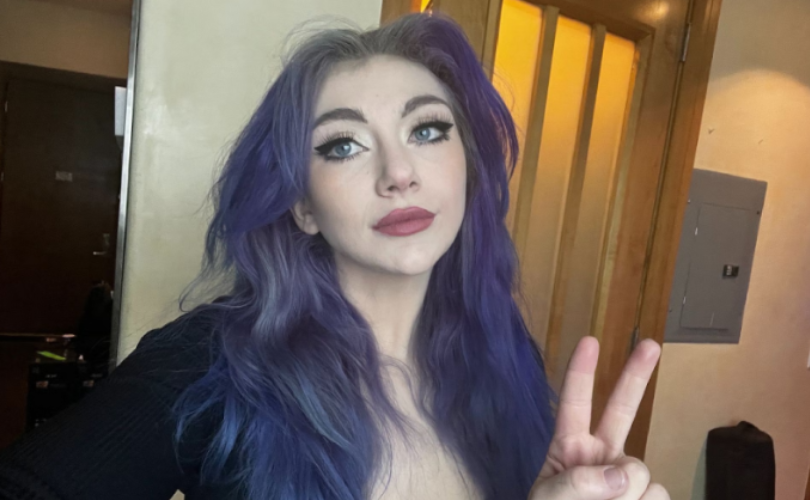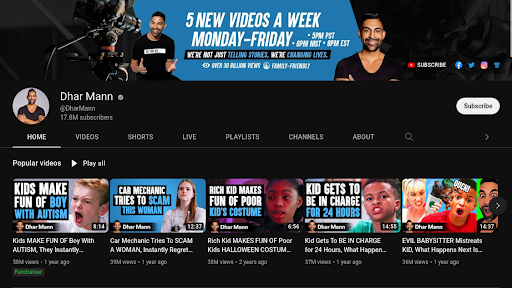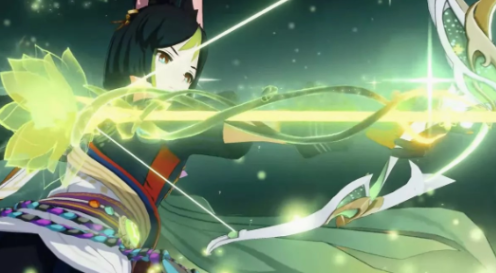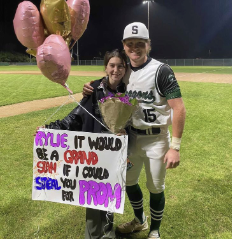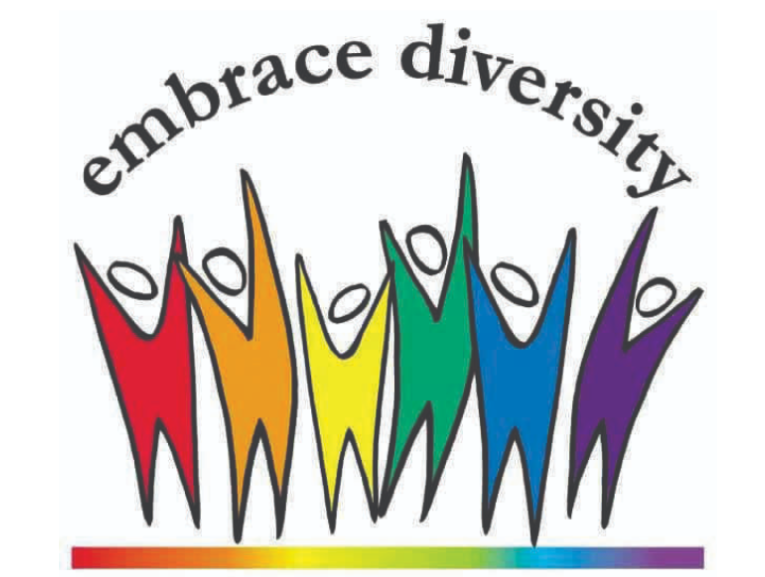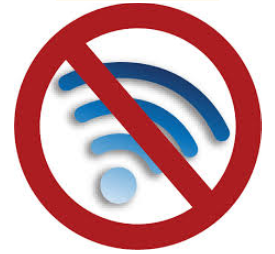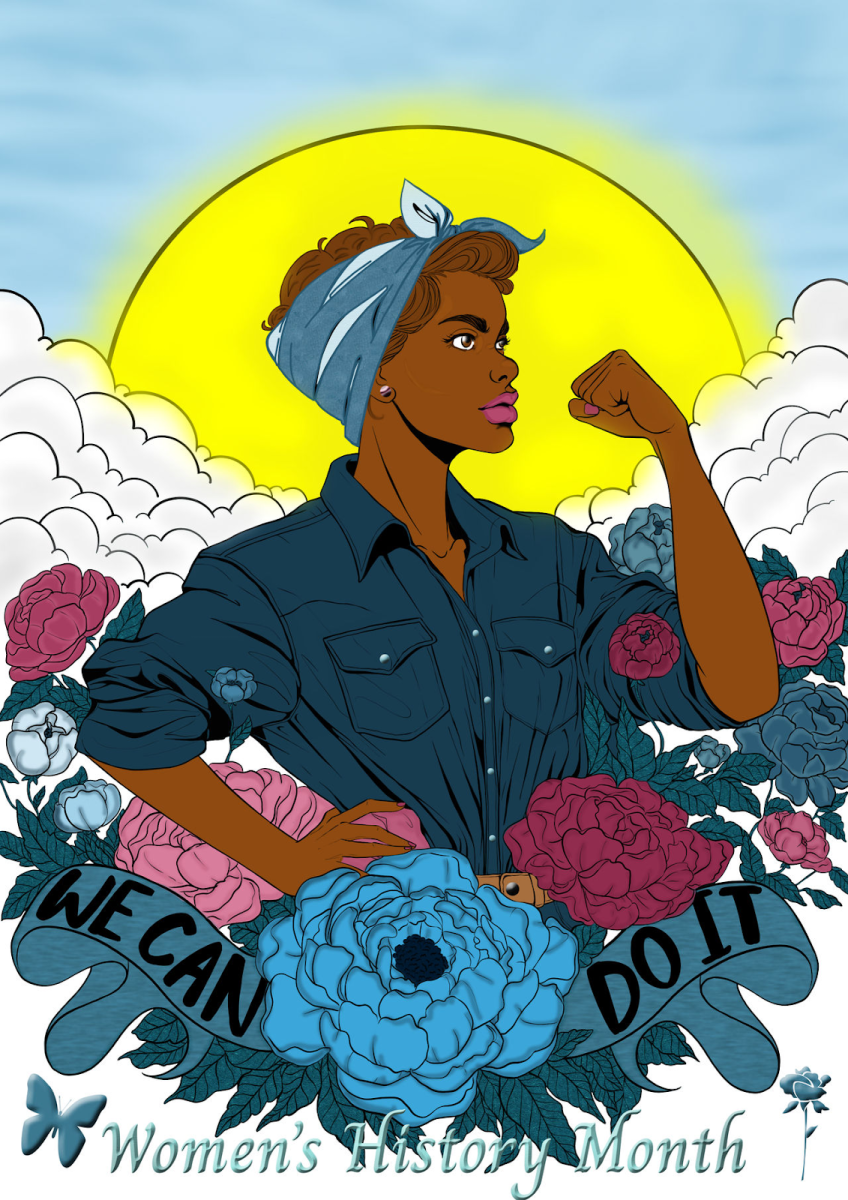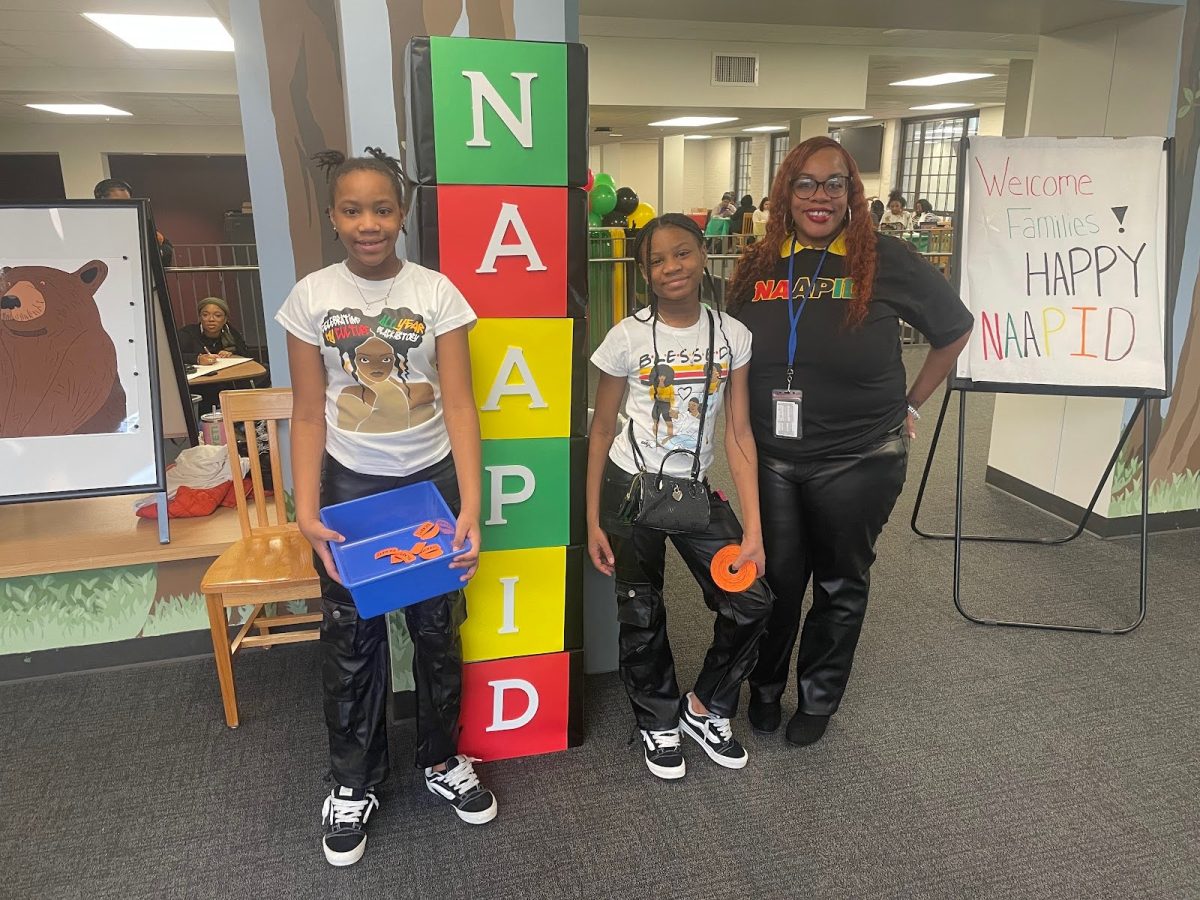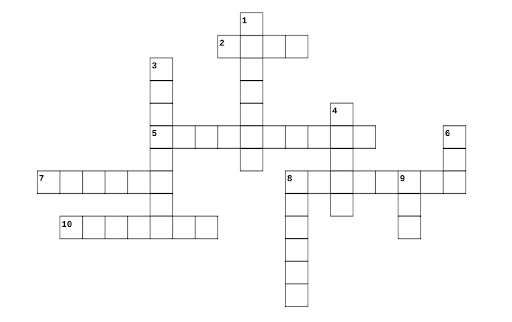Chucky through the ages

February 13, 2023
Chucky Through the Ages
A review of all seven Chucky movies and an introspective on the series
You may be wondering why an article dedicated to the history of the beloved killer doll, Chucky, is being released in February. This was meant to come out in one of the previous issues around Halloween. Unfortunately, life happens. But this article is being released now because the movie series turns 35 years old this year. So that’s why you’re reading this now.
The concept of Chucky was born out of the mind of Don Mancini, who went on to have a hand in every single movie of the series, being a director for some and executive producer for others, but always the writer. His script for the homicidal children’s toy went through a couple of iterations before being picked up by a director named Tom Holland (no relation to the Spider-Man, obviously).
If you’re new to the series, this article will be a good introduction to the legacy of this pop culture icon. I can guarantee that there’s more to this murderous doll than meets the eye. And for those who’ve followed the series, I hope that you enjoy the ride.
Child’s Play 1
In comparison to later installments, Child’s Play was a tame start to the Chucky series. The movie was released on November 9, 1988, and, while it’s more of a slow burn than the other movies, it still cemented its villain as an unforgettable horror icon.
The movie follows 4-year-old Andy Barclay, played by Alex Vincent, who only wants a Good Guy doll for his birthday. Unfortunately, his mother got the only one that was possessed by a serial killer. Whoops. The doll is possessed by none other than the Lakeshore Strangler himself, Charles Lee Ray, who after running from and being shot by a police officer, used voodoo and other such black magic to preserve his soul in the doll.
The human characters are kind of stock and cliche, especially the side characters. That might be a sign of the times or Don Mancini’s writing in the early days, but what really makes the movie is Chucky himself. He’s like nothing anyone has seen before, which may be why the human characters seem boring.
There was originally a different voice actor for Chucky, but the production eventually went with Brad Dourif, who would go on to voice Chucky for 35 more years. Personally, I think Dourif’s voice as a middle-aged man perfectly contrasts with the appearance of Chucky, and I don’t think Chucky would have been as unsettling if the directors went with their original plan of using a voice actor with a higher-pitched, doll-like voice.
While the movie can be slow, it pays off with its stellar villain that lives on in pop culture for years to come.
Child’s Play 2
This movie is considered the best of the Child’s Play trilogy because of its new characters, focus on Chucky, and climax. Premiering in theaters exactly two years after the first movie, Andy Barclay is two years older and, after the events of the last movie, in the foster care system. His foster parents don’t really understand his background, but his new foster sister, Kyle, is willing to listen when she sees Chucky, who seemingly comes back from the grave.
The characters are less tropey, the performances are better, and it differentiates itself from the previous movie enough not to feel like a carbon copy, but not so much that it’s completely separate. The overall feel of this movie is similar to that of the last but is still its own thing. While the last movie focused on downtown Chicago and had only a few set pieces, this movie takes place in a suburb near Chicago and has a lot more places to go (due to the bigger budget). This movie is known as the best Child’s Play movie because of the final battle, which takes place in a toy factory where the Good Guy dolls are produced. It’s creative, thematically appropriate, and those with a careful eye can see that no detail was omitted from this complex set.
Memorable and innovative, this sequel not only improves on the source material but makes the series at large much better.
Child’s Play 3
Child’s Play 3, released August 30, 1991, is widely considered to be the least-liked movie out of the original trilogy. Although it came out a year after the previous movie, it takes place eight years after Child’s Play 2. At this point, Andy Barclay is a teenager in a military academy. It’s quite a change of setting and story formula; it gets rid of the child-Chucky dynamic, changes the setting drastically, and contains a time skip that feels like we’ve missed out on years of character development and growth.
When I first watched it, I didn’t understand why everyone hated it. I liked the pacing and didn’t mind the stark change of scenery. But as I look back on it, especially in the context of the rest of the movies, I dislike it more and more. It’s very divorced from the ideas of the two previous movies, and the rest of the series for that matter. It doesn’t feel right, I can’t explain it other than that. It also didn’t help that the creator of the series, Don Mancini, hated the casting and admitted to running out of ideas for the screenplay.
Another unfortunate aspect of the movie was how little of an impact it had on the rest of the series. It didn’t introduce any new lore for Chucky and its events didn’t affect any movies going forward. No matter if you liked this movie or not, if a movie in a franchise has no purpose, there’s no need for it to be made in the first place.
Although it has better pacing than its predecessors, the large time skip and needless changes to the story formula make the end of the Child’s Play trilogy tragically forgettable.
Bride of Chucky
After a seven-year hiatus, the titular killer doll returned to theaters on October 16, 1998, for Bride of Chucky. Andy Barclay is not focused on in the next few movies, and instead the focus shifts to Chucky’s girlfriend, Tiffany Valentine, who is played by Jennifer Tilly. From the opening kill and credits underscored by Rob Zombie’s Living Dead Girl… I knew I was going to love this movie.
This is the Chucky franchise at its most campy. It’s more mature and raunchy than the previous films, mixing well with the filmscape of the late 90s. It came out after the first two Scream movies, so it had self-aware remarks about other movie killers and how the times have evolved. In this movie, Chucky smokes weed and proves that he was a metalhead back in the day. It’s quite a departure from the Child’s Play trilogy, but I had a lot of fun with it.
Although this movie is very doll-centric, there are two human characters who are forced to follow Chucky’s journey, Jesse and Jade, who are posed as star-crossed lovers. However, when Chucky starts murdering people, the first people that they blame are each other. So much for love and trust. Again, maybe it’s a sign of the times or to mirror Tiffany and Chucky’s… less than stellar relationship. I didn’t care for them, but there are definitely worse people to move the plot forward.
I will be very honest, I am heavily biased in favor of this movie. It’s campy, its aesthetic is as gorgeous as it is grungy, the needle drops are amazing, the kills are brutal, the jokes are hilarious, and the romance… is not the healthiest, but that’s sort of the point. Even though the romances are flawed, they’re still fun to watch.
The shift of tone in the series from horror to comedy proves to be a worthy risk and makes this movie as fun as it is deadly.
Seed of Chucky
Six years after Bride, Seed of Chucky came out on November 12, 2004. Somehow, someway, Tiffany and Chucky end up having a child (watch the last movie, and you will understand). This child was abandoned and subsequently sold to a British ventriloquist show. The child only learns about its heritage when a TV special about Chucky shows, and then it realizes that they might be related. So the weird British doll-child (later named Glen) sets off to meet its parents.
One of the things that stands out about this movie is the first instance of LGBTQ+ representation in a Chucky movie. The doll child that the movie is centered around is genderfluid, going by Glen or Glenda throughout the movie. This representation was especially rare in 2004 and was not lost on Don Mancini, who’s a gay man. LGBTQ+ representation persisted in the rest of the series going forward.
I hate to say this, given how much I love this series and what this movie specifically did by representing the LGBTQ+ community… but this movie is bad. Statistically, it is very bad. It has a serious tone problem, one that I’ve only seen with other movies of this time. This movie also has actors playing themselves, which is fine in moderation, but they’re playing major human characters despite them not being the point of the movie- which is Chucky himself. Also, they decide to have Jeniffer Tilly play herself while also having her still voice Tiffany… just trying to make sense of that makes my head explode.
However, despite all of that, this movie is still a guilty pleasure of mine. Because it’s just so Chucky. It’s self-aware, funny at moments, and it knows how stupid it is and takes it in stride. Unfortunately, the movie doesn’t stick the landing.
While this movie tries to replicate the horror-comedy spark from Bride, all attempts fall flat and led to one of the most divisive movies in the Chucky franchise.
Curse of Chucky
After Seed of Chucky bombed in theaters, the first direct-to-DVD release of the franchise, Curse of Chucky, came out on September 24, 2013 (nearly a decade after Seed!). This movie follows Nika Pierce, played by Fiona Dourif, coping with her mother’s death with a new, strange doll from the 80s that was sent to her by an unknown person. Her sister, Barabara, brings her family to the funeral and her young daughter befriends Chucky.
This movie brings the franchise back to its roots in horror and reestablishes the child formula from the Child’s Play trilogy. It all takes place within a dark, unsettling mansion. The single setting helps the characters feel more close-knit and trapped when Chucky starts killing.
It’s sort of similar to the first Child’s Play movie in the sense that Chucky doesn’t reveal himself until much later in the story. However, I’d argue that it works better here because there are more characters interacting with each other. Along with that, it adds more suspense because the general public already knows what Chucky’s about, it’s all about a matter of when these things will happen.
This movie does a great job of being a sort of reboot to the series, introducing new characters and settings while going back to what made the previous movies so good and expanding on those ideas.
Cult of Chucky
The second direct-to-DVD Chucky movie was released on October 3, 2017, and is the last Chucky movie so far, though the story of the red-headed menace is likely far from over. This movie follows Nika once again and takes place in a mental hospital. The contrast between the relatively contained, shadowy mansion to the expansive, stark white mental hospital is eye-catching and apparent.
This movie also sees the return of Andy Barclay who is played by Alex Vincent, the same person who played him nearly 27 years before. Andy is now an adult and is adamant about making sure Chucky stays dead. Tiffany Valentine also returns to this movie, albeit after a considerably smaller hiatus than Andy Barkley. The story is still primarily focused on Nika and the movie does a great job of integrating these old, beloved characters without overshadowing the new ones.
Cult of Chucky doesn’t really present itself as the end of the Chucky series. It still continues the story from the last movie, but it doesn’t tie up every loose end like a finale. Maybe Don Mancini already sealed the deal for the subsequent Chucky TV show, but either way, the movie still operates as a sort of end to Nika’s story.
While not acting as a finale to the series, it’s a solid installment and a perfect way to see old characters return to the story.
Final Thoughts
I fell in love with this franchise over the viewing of these seven movies. You don’t have to do the same but, personally, seeing a franchise grow and change over the course of decades is… kind of beautiful. But I know it’s not for everyone. Some people just want to see the good ones and get on with their lives.
Favorite movies are always based on personal taste. For instance, I love campy horror movies so naturally, Bride is my favorite Chucky movie. However, I really like the last two movies because I liked the writing and the main character. I’d say the “Nika” portion of the series is most enjoyable if you’ve seen the previous movies, so I guess I wouldn’t recommend them to first-time viewers.
I think what I’ve observed the most is that Chucky movies are rarely timeless because of the tropes and datedness that hold them down. But it can also be a reflection of those times, and I think that sense of nostalgia holds these movies together and makes them what we love today.
Even if you watch none of these movies, I want to thank you for reading my article. It’s my first one about movies and it was not easy to make seven movie reviews in one article, let me tell you. But thank you for making it this far, I appreciate it 🙂
Until next time…


